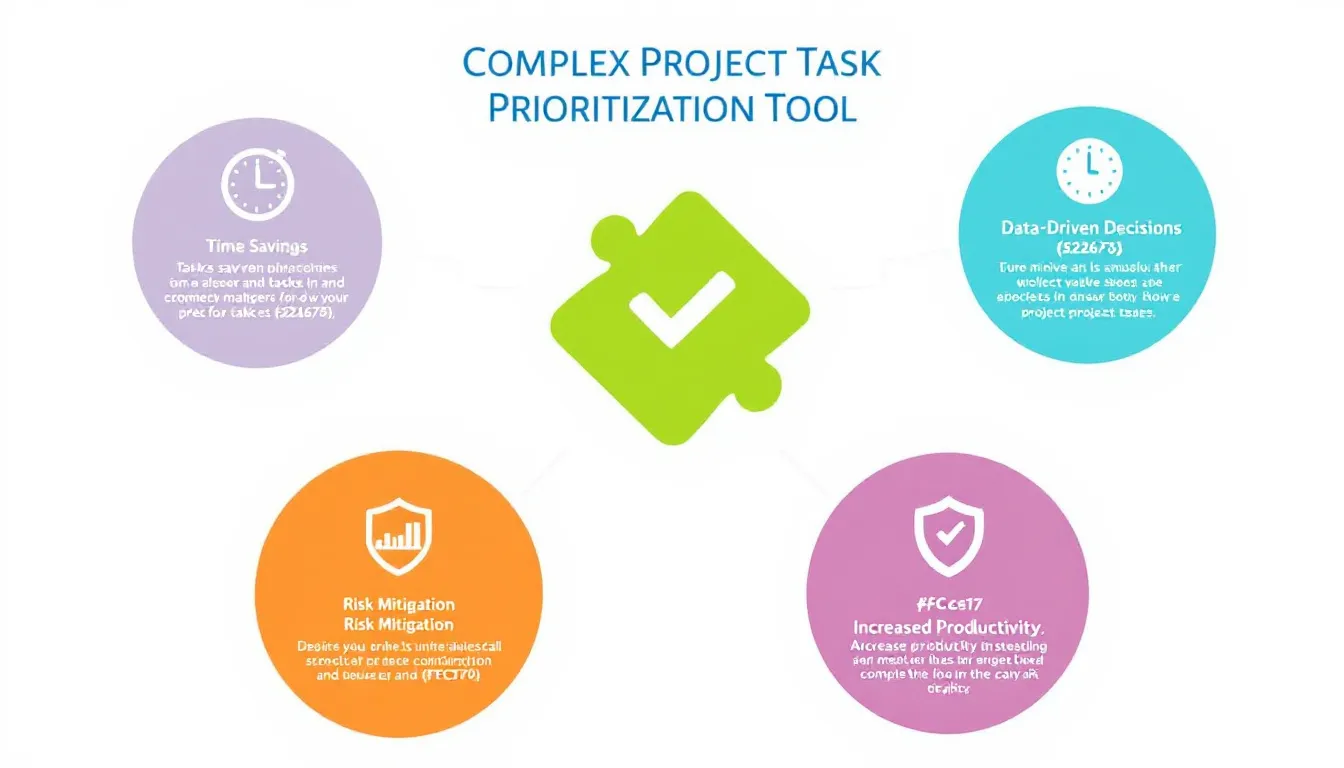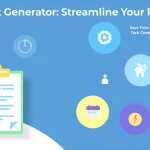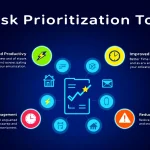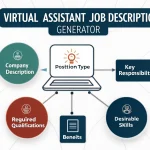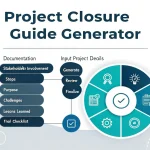Complex Project Management Plan
Is this tool helpful?
How to Use the Complex Project Task Prioritization Tool Effectively
Follow these simple steps to get the best results from the Complex Project Task Prioritization Tool:
-
Project Name: Enter a clear and descriptive title for your project.
Sample inputs: “International Renewable Energy Expansion” or “Corporate Website Redesign Initiative”. -
Project Objectives and Deadlines: Outline the key goals and milestones with clear deadlines.
Sample inputs: “Establish solar farms in three countries by Q2 2025, increase renewable energy use by 40%” or “Redesign website by Q1 2024, improve user engagement by 25% within six months”. -
Project Tasks: Provide a detailed list of major tasks to complete your project.
Sample inputs: “Site feasibility studies, Equipment procurement, Installation, Training local teams, Final inspection” or “Content audit, Wireframe design, Frontend development, SEO optimization, User testing”. -
Team Members and Roles (Optional): List the key people involved and their responsibilities.
Sample inputs: “Alex Brown – Energy Project Coordinator, Lisa Wei – Operations Manager” or “Karen Lee – UX Designer, Tom Harris – Backend Developer”. -
Available Resources (Optional): Include budget, personnel, technology, or other resources.
Sample inputs: “Budget: $1.2 million, 15 technicians, 2 external consultants” or “Budget: $350,000, 8 developers, cloud hosting service”. -
Expected Project Duration (Optional): Estimate how long your project will take.
Sample inputs: “12 months” or “9 weeks”.
Once you complete these fields, click the “Prioritize Tasks and Generate Plan” button. The tool will analyze your inputs and produce a tailored project management plan that prioritizes critical tasks, recommends resource allocations, and offers actionable scheduling advice.
What Is the Complex Project Task Prioritization Tool and Why You Need It
This tool helps you organize complex projects by prioritizing tasks based on urgency, importance, dependencies, and resource availability. It uses data-driven logic to simplify planning, helping you make the right decisions quickly.
Purpose of the Tool
The tool guides project managers through the complexities of prioritizing tasks, managing deadlines, and allocating resources efficiently. By considering multiple factors, it produces a strategic plan that keeps your project on track and aligned with your objectives.
Key Benefits of Using This Task Prioritization Tool
- Clear insight into task priorities based on comprehensive analysis
- Optimized use of budget, personnel, and materials
- Improved management of project timelines and milestones
- Identification of critical path tasks and potential bottlenecks
- Enhanced communication with stakeholders through clear planning
Practical Use Cases for the Task Prioritization Tool
Here are practical examples of when and how this tool helps you manage complex projects:
Use Case 1: Launching a New Software Platform
Managing the launch of a global software platform involves coordination across development, testing, marketing, and customer support teams.
- Input details: Project Name: “Global Cloud Platform Release”
- Objectives: “Complete beta testing by Q1, launch by Q3, achieve 1 million users in first year”
- Tasks: “Feature development, Beta testing, Marketing campaign, Customer onboarding, Post-launch support”
- Team Members: “Rachel Green – Product Owner, Derek Lim – QA Lead”
- Resources: “Budget: $2M, 30 developers, marketing agency partnership”
- Project Duration: “12 months”
The tool highlights prioritizing testing phases to avoid delays later and suggests allocating additional resources to marketing as the launch nears to maximize impact.
Use Case 2: Urban Infrastructure Upgrade
Redeveloping a city’s infrastructure requires balancing construction timelines, regulatory approvals, and public communications.
- Input details: Project Name: “Downtown Revitalization Project”
- Objectives: “Complete roadworks by Q4 2025, upgrade lighting systems, reduce traffic congestion by 20%”
- Tasks: “Traffic studies, Permit applications, Road construction, Electrical installation, Public communication plans”
- Team Members: “Mark Stevens – Project Manager, Linda Flores – Regulatory Officer”
- Resources: “Budget: $75M, 150 engineers, coordination with city council”
- Project Duration: “36 months”
The tool helps sequence tasks logically, ensuring permits are secured before construction starts, and advises overlapping public outreach with construction to maintain community support.
How the Tool Supports Effective Complex Project Management
Data-Driven Task Prioritization
The tool analyzes inputs to evaluate task urgency, impact, resource needs, and dependencies, then ranks tasks for execution. This removes guesswork, so you focus on what matters most at any stage.
Optimized Resource Allocation
By integrating information about available budget, personnel, and materials, the tool suggests efficient ways to distribute resources. This reduces waste and maximizes productivity.
Improved Timeline and Risk Management
The prioritization accounts for critical path tasks and potential bottlenecks, allowing you to avoid delays and adjust schedules proactively as conditions change.
Adaptability to Project Changes
You can update the tool inputs anytime to reflect new project scopes, resource changes, or deadlines. It recalculates priorities, keeping your plan current and flexible.
Enhanced Communication and Transparency
The clear, prioritized plan helps you communicate expectations and progress to stakeholders, improving collaboration and trust throughout the project lifecycle.
Important Disclaimer
The calculations, results, and content provided by our tools are not guaranteed to be accurate, complete, or reliable. Users are responsible for verifying and interpreting the results. Our content and tools may contain errors, biases, or inconsistencies. Do not enter personal data, sensitive information, or personally identifiable information in our web forms or tools. Such data entry violates our terms of service and may result in unauthorized disclosure to third parties. We reserve the right to save inputs and outputs from our tools for the purposes of error debugging, bias identification, and performance improvement. External companies providing AI models used in our tools may also save and process data in accordance with their own policies. By using our tools, you consent to this data collection and processing. We reserve the right to limit the usage of our tools based on current usability factors.
